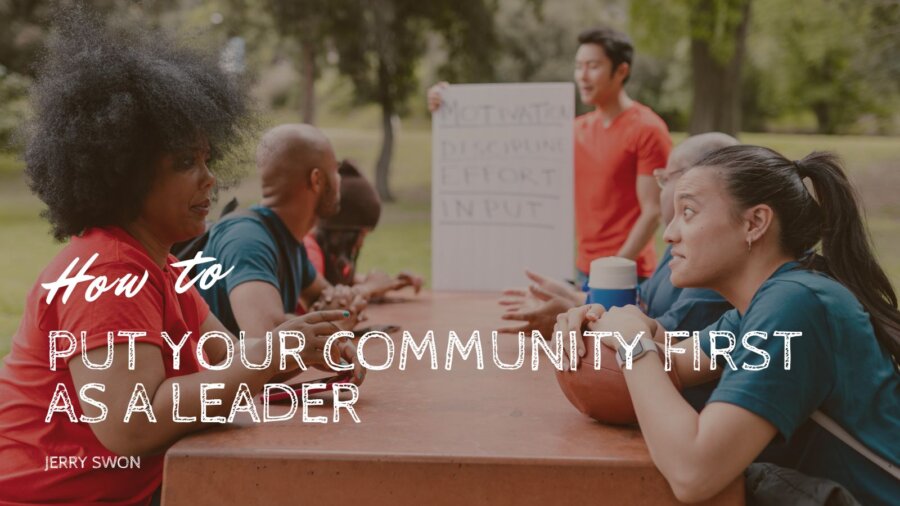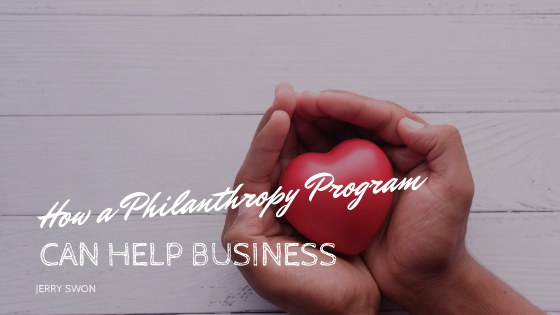Leadership is not about power; it’s about empowering others. Influential leaders understand the importance of community and know that putting the community’s needs first can lead to collective growth and prosperity. But how can you, as a leader, truly put your community first? Let’s explore key strategies to help you positively impact and foster a stronger, more connected community.
- Active Listening:
Being an attentive listener is the cornerstone of effective leadership. Take the time to engage with community members, listen to their concerns, and understand their perspectives. You gain valuable insights that can guide your decisions and actions by actively listening.
- Collaborative Decision-Making:
Involve the community in the decision-making process. Encourage participation in town hall meetings, workshops, and brainstorming sessions. When people feel their opinions matter, they are more likely to contribute to the community’s betterment actively.
- Education and Skill Development:
Promote education and skill development programs within the community. Knowledge empowers individuals and equips them to contribute meaningfully. Work towards creating accessible educational opportunities, workshops, and training sessions that enhance the skills of community members.
- Resource Allocation:
Effectively allocate resources to address the most pressing needs of the community. This could involve investing in infrastructure, healthcare, education, or social welfare programs. Prioritize initiatives that have a lasting impact on the community’s well-being.
- Fostering Inclusivity:
A strong community embraces diversity and inclusivity. Ensure that your leadership promotes an environment where everyone feels valued and respected regardless of background, ethnicity, gender, or beliefs. Celebrate the richness of diversity within your community.
- Transparency and Accountability:
Maintain transparency in your leadership. Keep the community informed about decisions, budgets, and ongoing projects. Accountability for your actions fosters trust, a vital component of a thriving community.
- Community Engagement:
Encourage community engagement by organizing events, cultural festivals, and social gatherings. These activities promote a sense of belonging and unity among community members. A connected community is a resilient community.
- Support Local Businesses:
Promote and support local businesses within your community. By doing so, you contribute to the community’s economic growth, create jobs, and foster a strong entrepreneurial spirit.
- Environmental Stewardship:
Be mindful of the environment. Implement eco-friendly practices and support initiatives that promote sustainability. A clean and healthy environment directly impacts the well-being of the community.
- Continuous Improvement:
Finally, leaders should be open to feedback and continuously strive for improvement. Learn from both successes and failures. Adapt your strategies based on the community’s evolving needs to ensure sustained growth and development.
Putting your community first as a leader requires empathy, active engagement, and a genuine commitment to the well-being of others. By embracing these principles, you can play a pivotal role in creating a vibrant, harmonious, and prosperous community for everyone. Remember, true leadership is not about being in charge; it’s about caring for those in your charge.










